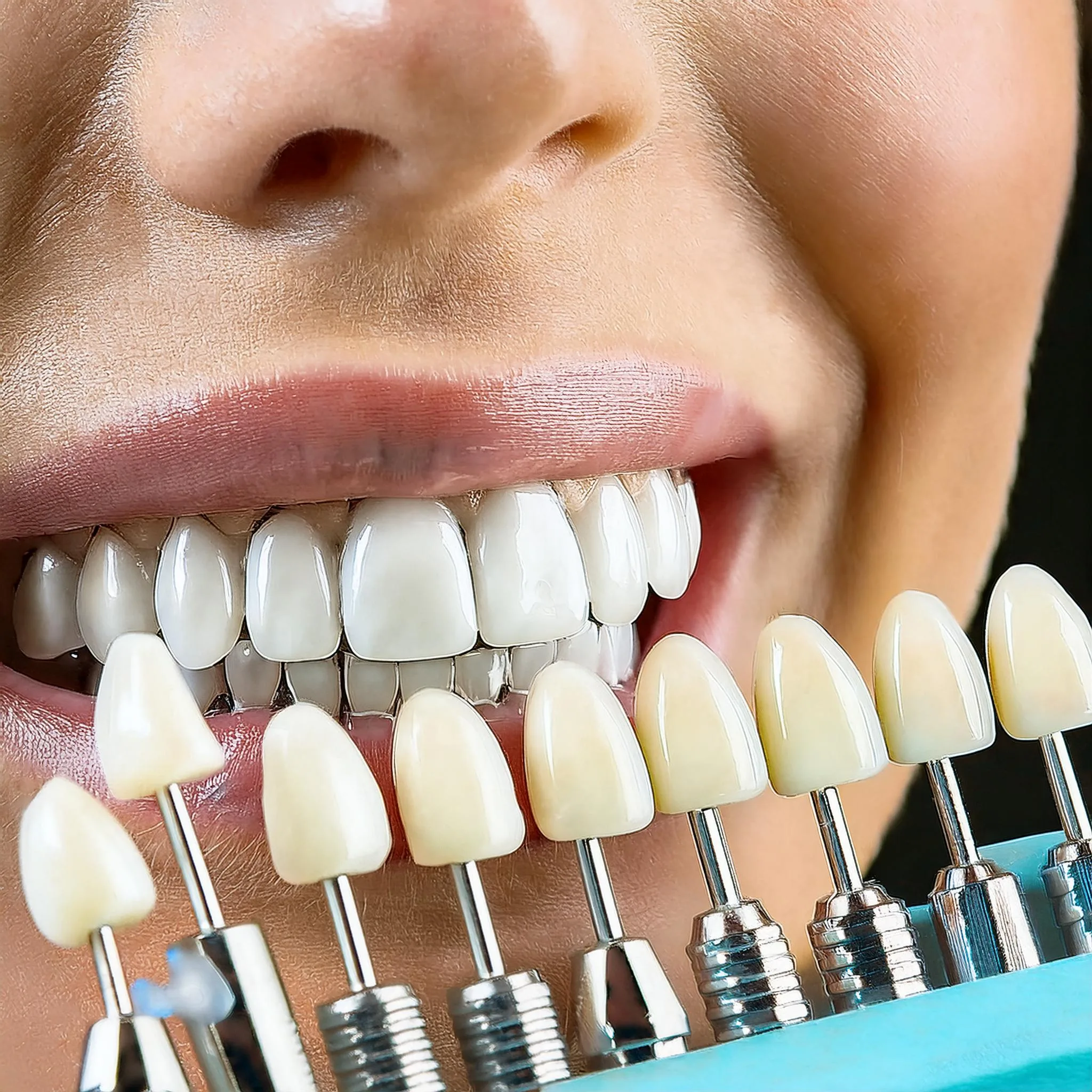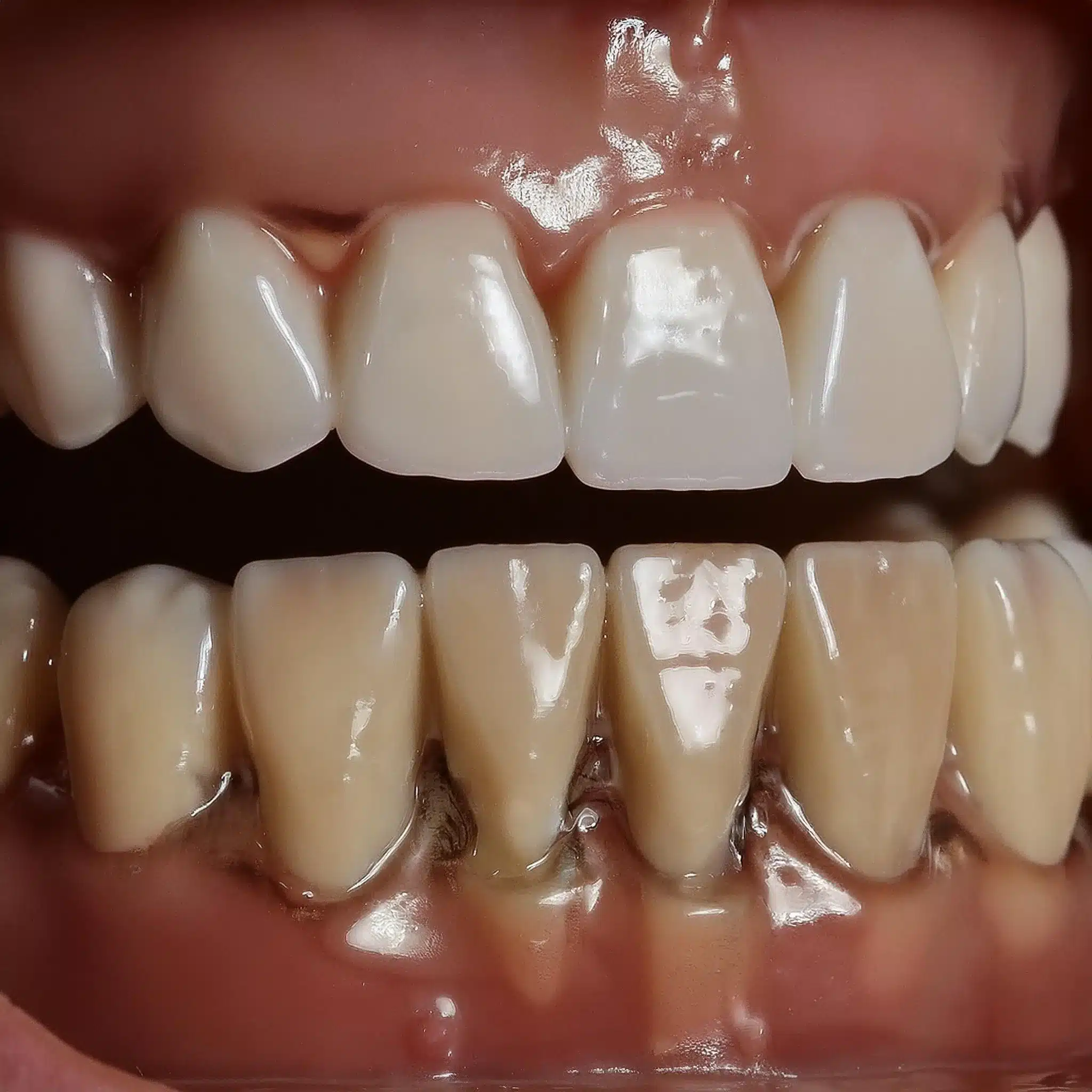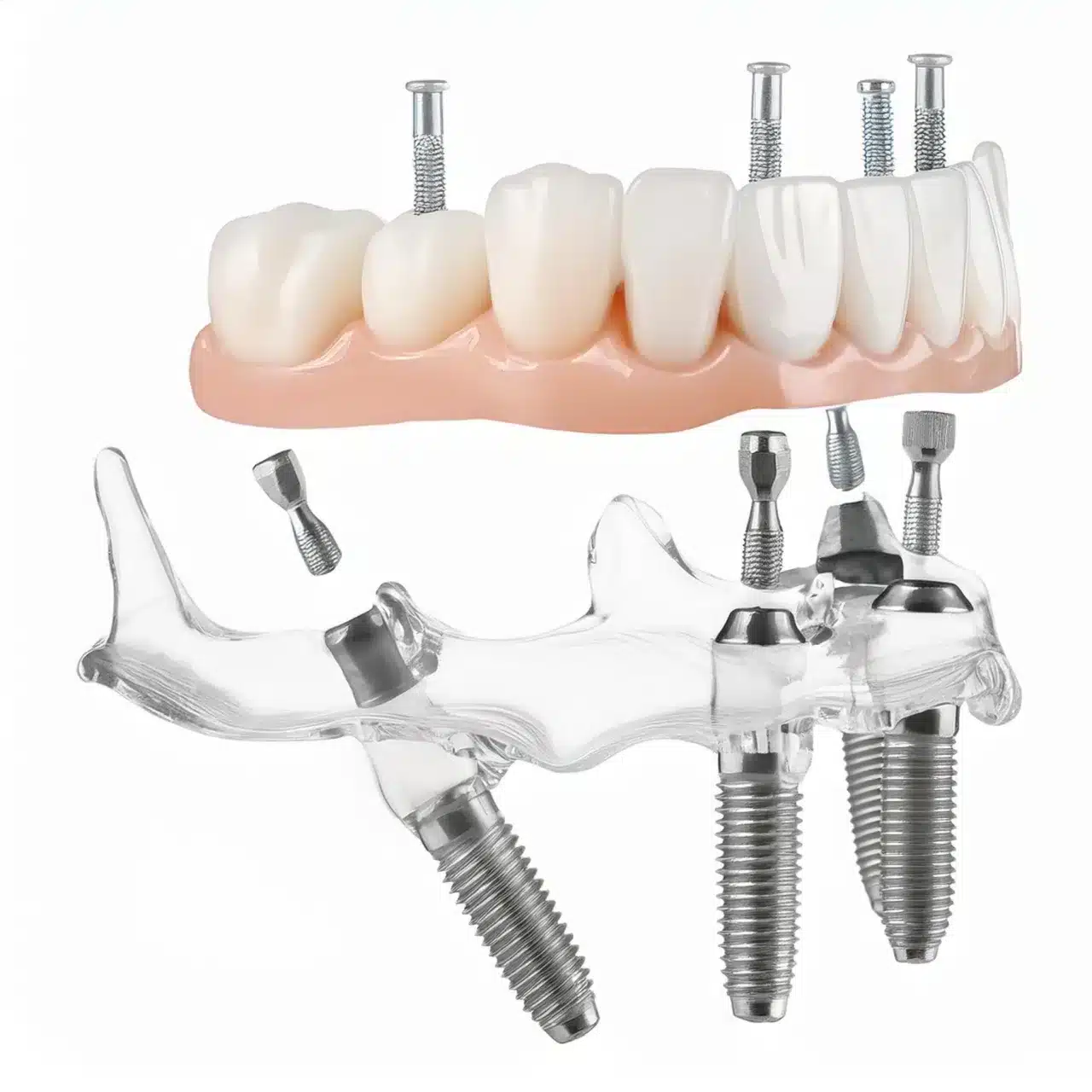Dental implant failure and rejection are top of mind for patients considering this procedure.
With failure a possibility, many wonder: what causes dental implants to fail and how can I prevent it?
What causes dental implant failure and rejection?
Dental implant failure and rejection are caused by various factors, including poor bone quality, smoking, and systemic diseases. To minimize the risk of failure, it is crucial to
• Choose the right implant material and design
• Ensure proper surgical technique and post-operative care
• Maintain good oral hygiene and regular dental check-ups
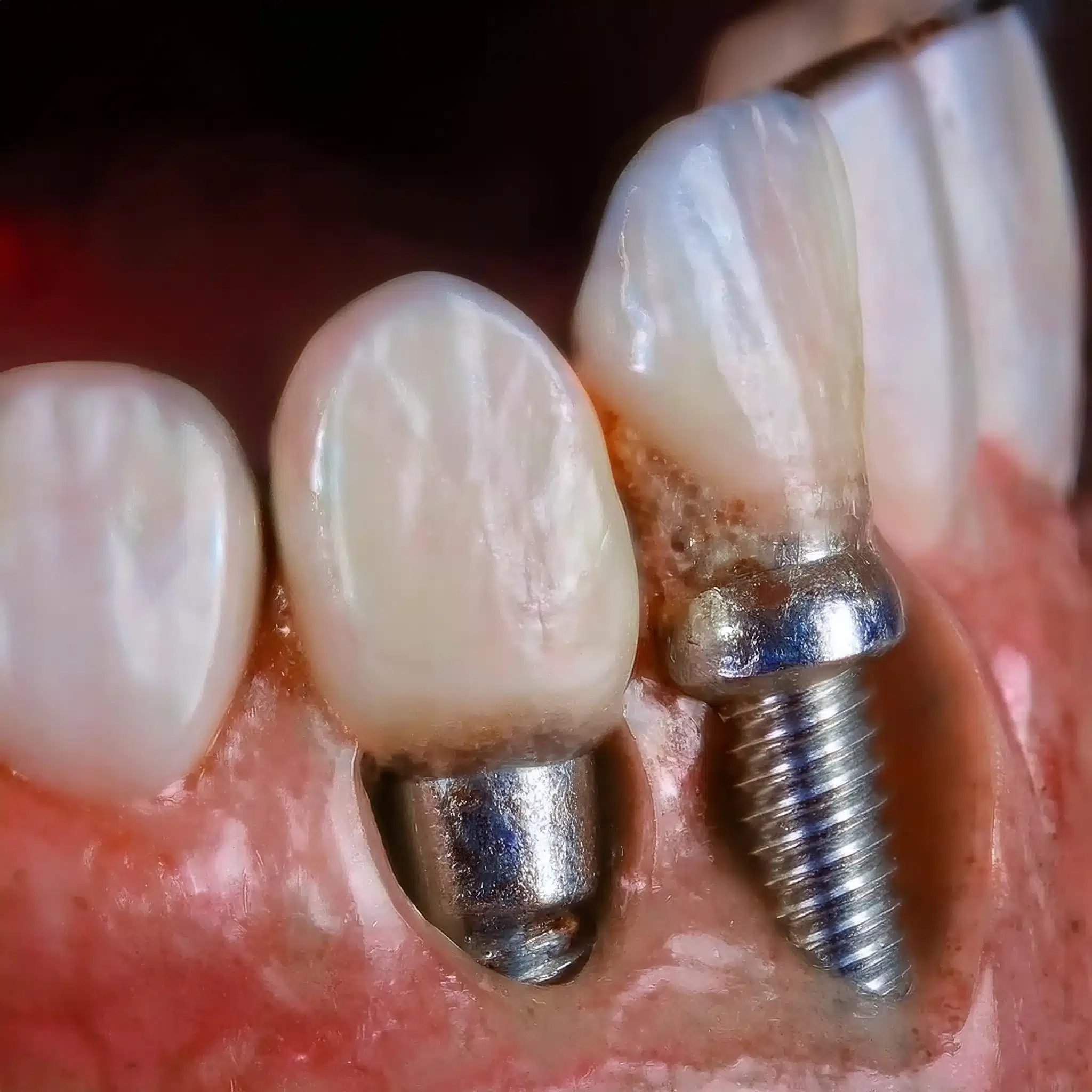
Signs and Symptoms of Dental Implant Failure
Early Warning Signs
Pain and discomfort are often the first signs of dental implant failure.
These can occur shortly after the procedure or develop over time.
Persistent pain, especially when chewing, may mean the implant is not integrating with the bone.
Swelling and inflammation around the implant site are also early warning signs.
These can mean infection or inflammatory response, which, if left untreated, can lead to more serious risks and complications (3).
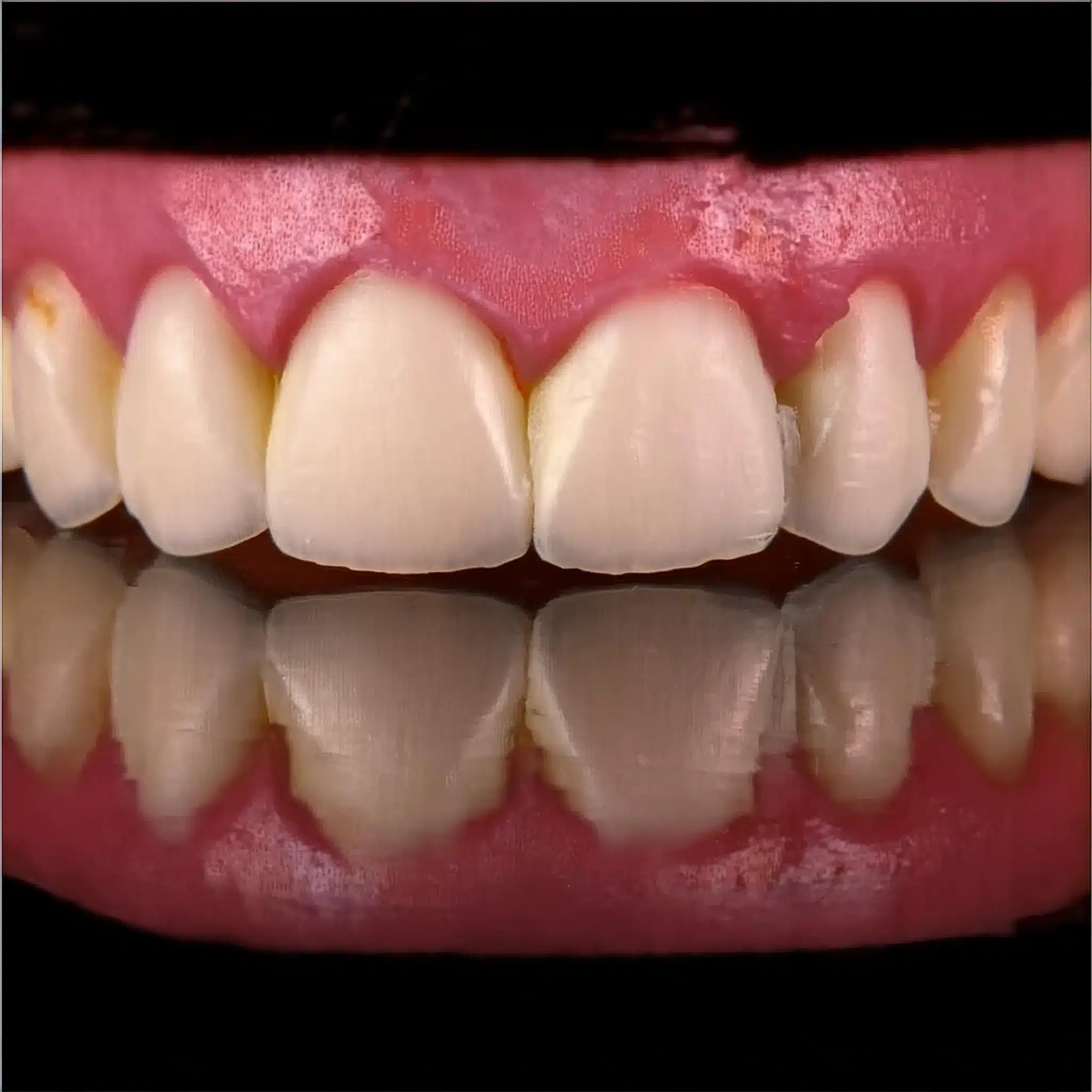
Late Stage Symptoms
As the condition worsens, late-stage symptoms will appear.
Loose dental implants are a critical sign of failure, indicating that the implant is not properly anchored to the bone.
Implant mobility is a sign of failure; it means the implant is not anchored to the bone.
This can be due to bone loss around the implant or insufficient osseointegration.
Gum recession around the implant is another late-stage symptom, often with visible threads of the implant.
This can be due to peri-implantitis, a condition similar to periodontitis, which affects the tissues around the implant (3).
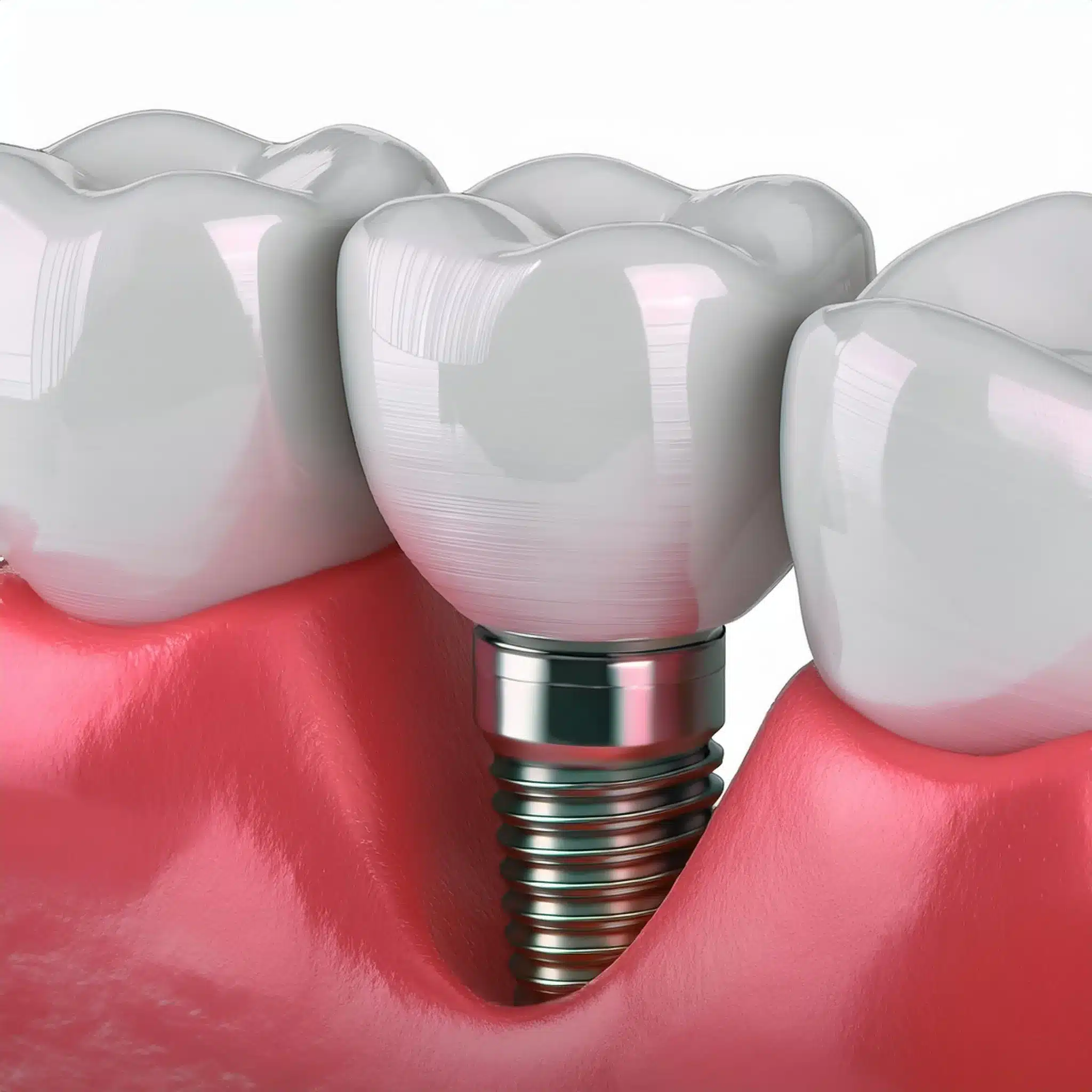
Dental implant Risk and complications
Some medical conditions can affect the success of dental implants.
Diabetes is a well-documented risk factor; patients with diabetes are more prone to implant failure due to impaired healing and increased susceptibility to infection (1).
Osteoporosis, which affects bone density, can also compromise the stability of the implant and increase failure rate (5).
Patients with these conditions should manage their health well and work closely with their dentist to minimize risks.
Lifestyle Factors
Lifestyle choices can make or break the success of dental implants.
Smoking is one of the major lifestyle-related risk factors; smokers have implant failure rate up to twice as high as non-smokers (2).
This is due to smoking’s effect on blood flow and healing process.
Poor oral hygiene is another risk factor; it can lead to infection such as peri-implantitis, which can compromise implant stability and longevity (3).
Patients are advised to adopt healthy lifestyle and maintain good oral hygiene to increase implant success.
| Risk Factor | Impact on Implant Success | Recommended Actions |
|---|---|---|
| Diabetes | Increased risk of infection and impaired healing (1) | Manage blood sugar levels and consult with healthcare providers before implant surgery |
| Osteoporosis | Compromised bone density affecting implant stability (5) | Evaluate bone density and consider bone-strengthening treatments |
| Smoking | Adversely affects healing and blood flow, doubling failure rates (2) | Quit smoking prior to and after the procedure to enhance healing |
| Poor Oral Hygiene | Leads to infections such as peri-implantitis (3) | Maintain rigorous oral hygiene and regular dental check-ups |
How to Prevent Dental Implant Failure
Pre-Procedure Precautions
Preventing dental implant failure starts with thorough pre-procedure planning.
A comprehensive dental evaluation is necessary to assess the patient’s oral health and identify any risk factors.
This includes evaluating bone density, as sufficient bone support is crucial for implant stability.
Advanced imaging techniques such as 3D scans can provide detailed information on bone structure and help in planning the implant placement (2).
Patients with diabetes or osteoporosis should work with their healthcare provider to manage their condition well before undergoing implant surgery.
Tailor the treatment plan to address their individual health concerns, which will increase the chances of success (1).
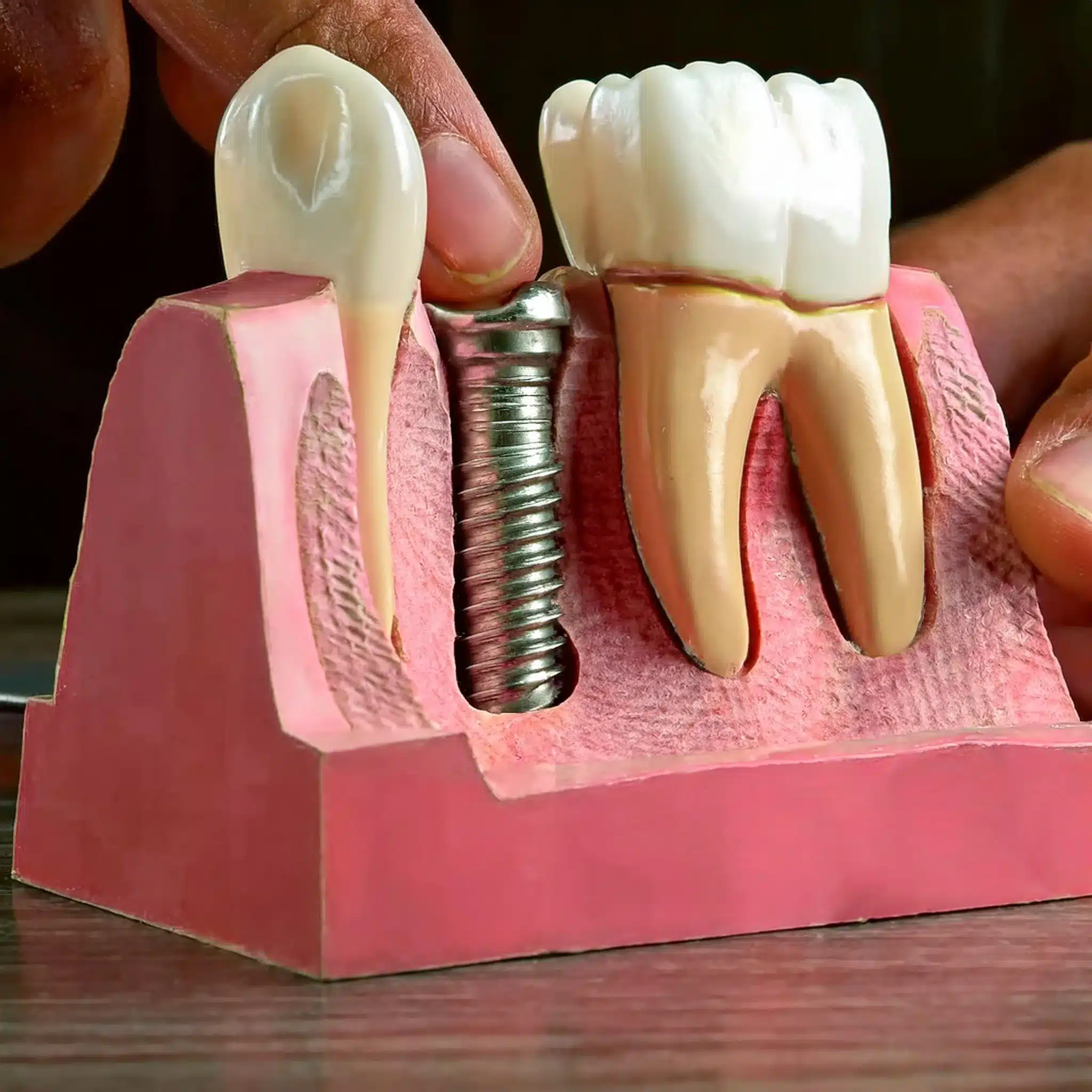
Post-Procedure Care
After the implant procedure, post-operative care is crucial for long-term success.
Regular dental check-ups will allow early detection of any complications, such as infection or peri-implantitis and enable timely intervention.
Good oral hygiene is also important, as it will prevent bacterial infection that can compromise the implant (3).
Patients are advised to follow their dentist’s instruction carefully, including any dietary restriction and medication.
Avoiding smoking and maintaining healthy lifestyle can further reduce the risk of implant failure, as these factors can affect healing and overall oral health (5).
By following these preventive measures, patients can increase the longevity and success of their dental implants.
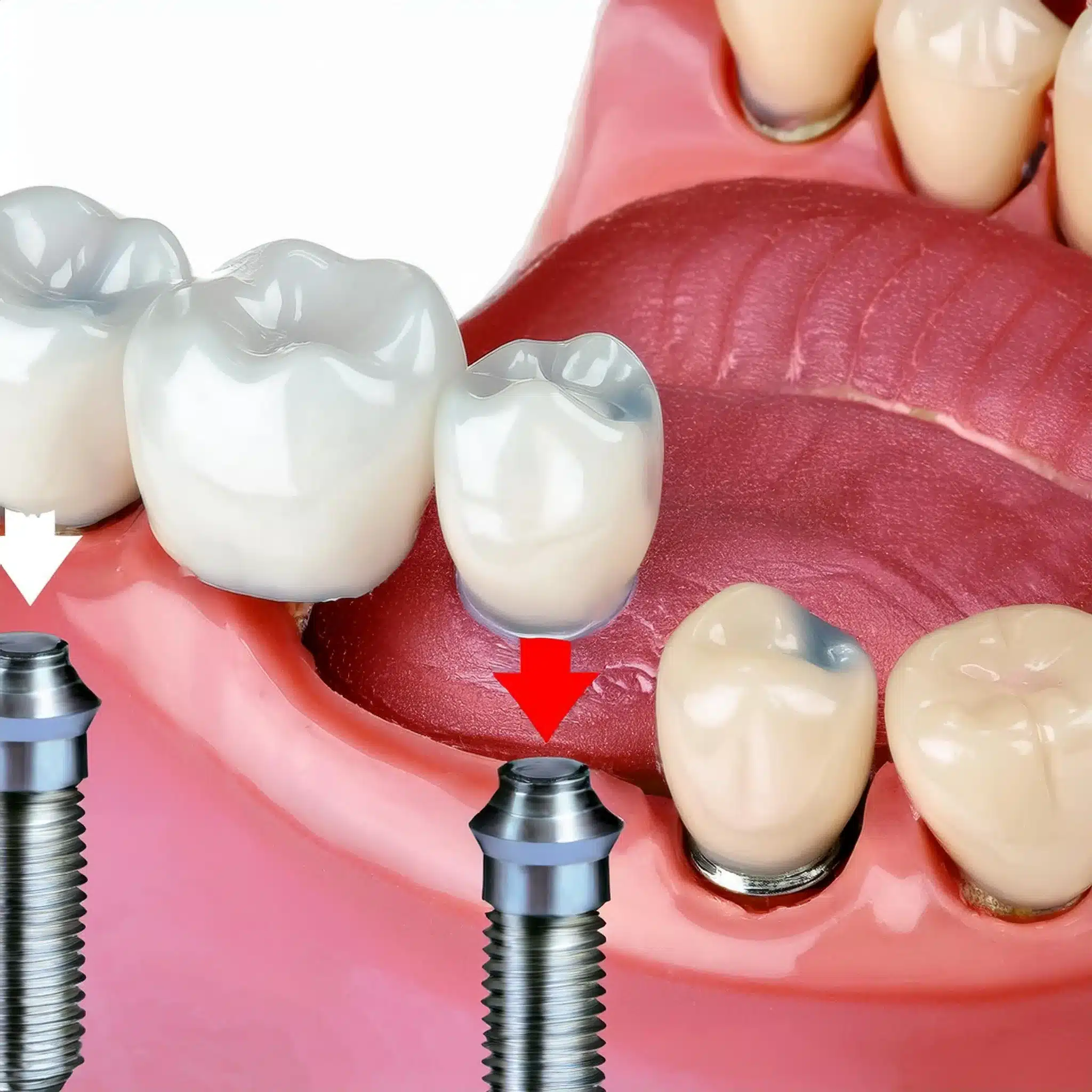
Treatment Options for Failed Dental Implants
Non-Surgical Interventions
When dental implants fail, non-surgical interventions are the first line of treatment.
These can address minor complications without the need for surgical intervention.
Antibiotic therapy is used to manage infection around the implant site, especially in peri-implantitis.
This will reduce inflammation and bacterial load, promote healing, and stabilize the implant (3).
Adjustments to the implant such as occlusal adjustments can also be beneficial.
This will redistribute the biting forces more evenly and reduce stress on the implant and surrounding bone.
Non-surgical measures are important to preserve the implant and prevent further complications (6).
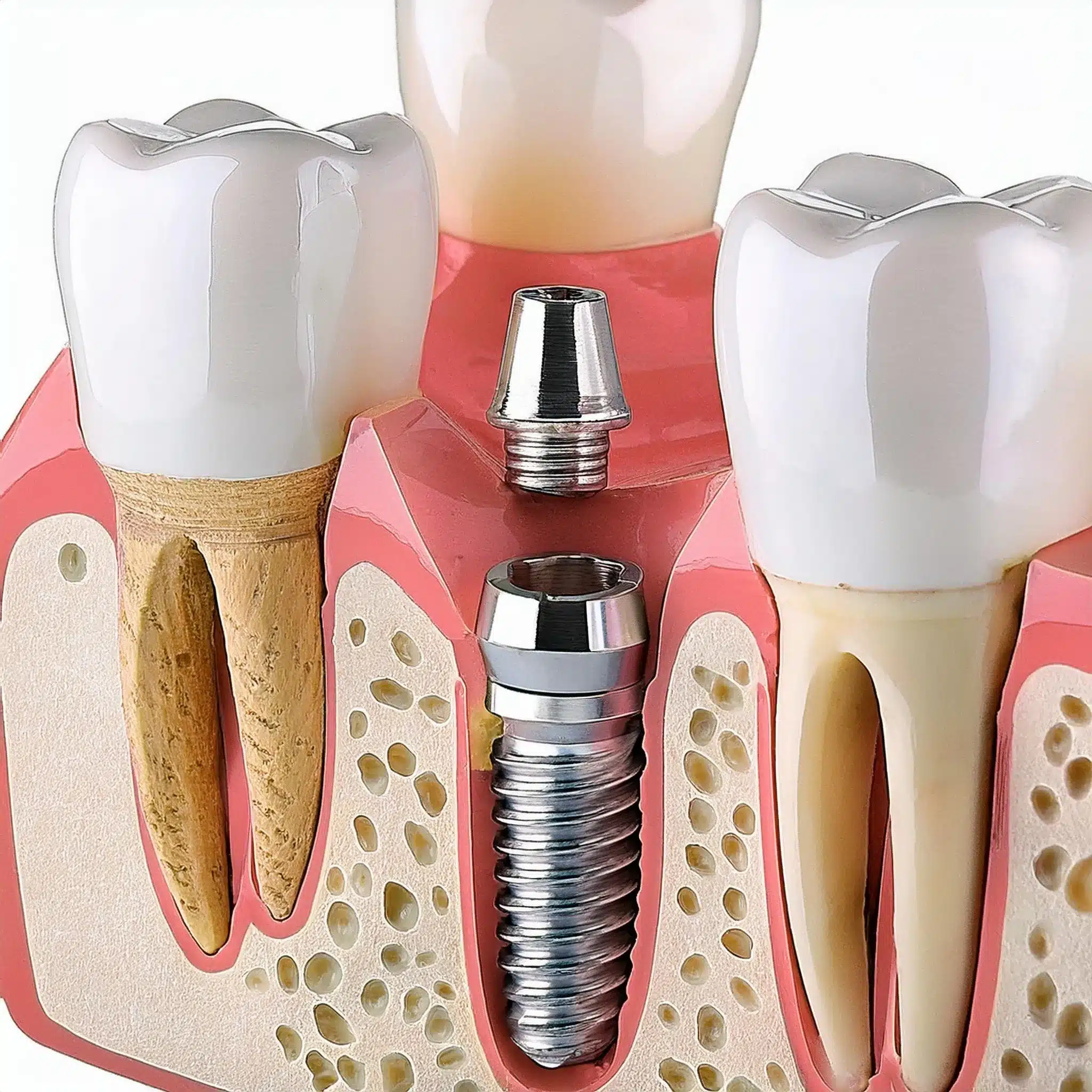
Surgical Solutions
In severe cases of implant failure, surgical solutions are necessary.
Bone grafting is a common procedure to replace lost bone tissue and provide a stable base for the implant.
This is useful when bone loss has compromised the implant stability (4).
Implant replacement is another surgical option; this is considered when the existing implant can’t be saved.
This involves removing the failed implant and placing a new one, usually after addressing the underlying issues such as infection or insufficient bone support.
Although more invasive, these surgical interventions can solve complex implant failure and restore oral function (5).
| Implant Material | Norma e suksesit | Reference |
|---|---|---|
| Titanium | 90% | (5) |
| Ceramics | 85% | (6) |
Conclusion & Key Takeaways
Merr kryesore:
Early detection is key: Recognize early warning signs like pain and inflammation to prevent further complications.
Risk Factors: Diabetes and smoking can increase the risk of implant failure.
Preventive Measures: Comprehensive evaluation and postoperative care are important to minimize the risk.
Treatment Options: Both non-surgical and surgical interventions are available to address implant failure.
konkluzioni:
By planning well, monitoring closely, and intervening on time, the success rate of dental implants can be increased.
Regular check-ups and good oral hygiene are key to the longevity and functionality of dental implants.

FAQ
Referencat
(1) Chatzopoulos GS, Wolff LF. Dental implant failure and factors associated with treatment outcome: A retrospective study. J Prosthet Dent. 2022;128(4):553-560.
Neni: Dental implant failure and factors associated with treatment outcome
(2) Panchal M, Khare S, Khamkar P, Bhole KS. Dental implants: A review of types, design analysis, materials, additive manufacturing methods, and future scope. Mater Sci Eng C Mater Biol Appl. 2022;128:112345.
Neni: Dental implants: A review of types, design analysis, and materials
(3) Mombelli A, Lang NP. The diagnosis and treatment of peri-implantitis. Periodontol 2000. 1998;17:63-76.
Neni: The diagnosis and treatment of peri-implantitis
(4) Esposito M, Grusovin MG, Coulthard P, Worthington HV. Interventions for replacing missing teeth: different types of dental implants. Cochrane Database Syst Rev. 2005;(1):CD003815.
Neni: Interventions for replacing missing teeth: dental implants in fresh sockets
(5) Buser D, Sennerby L, De Bruyn H. Modern implant dentistry based on osseointegration: 50 years of progress, current trends, and open questions. Periodontol 2000. 2017;73(1):7-21.
Neni: Modern implant dentistry based on osseointegration
(6) Albrektsson T, Zarb G, Worthington P, Eriksson AR. The long-term efficacy of currently used dental implants: a review and proposed criteria of success. Int J Oral Maxillofac Implants. 1986;1(1):11-25.
Neni: The long-term efficacy of currently used dental implants
